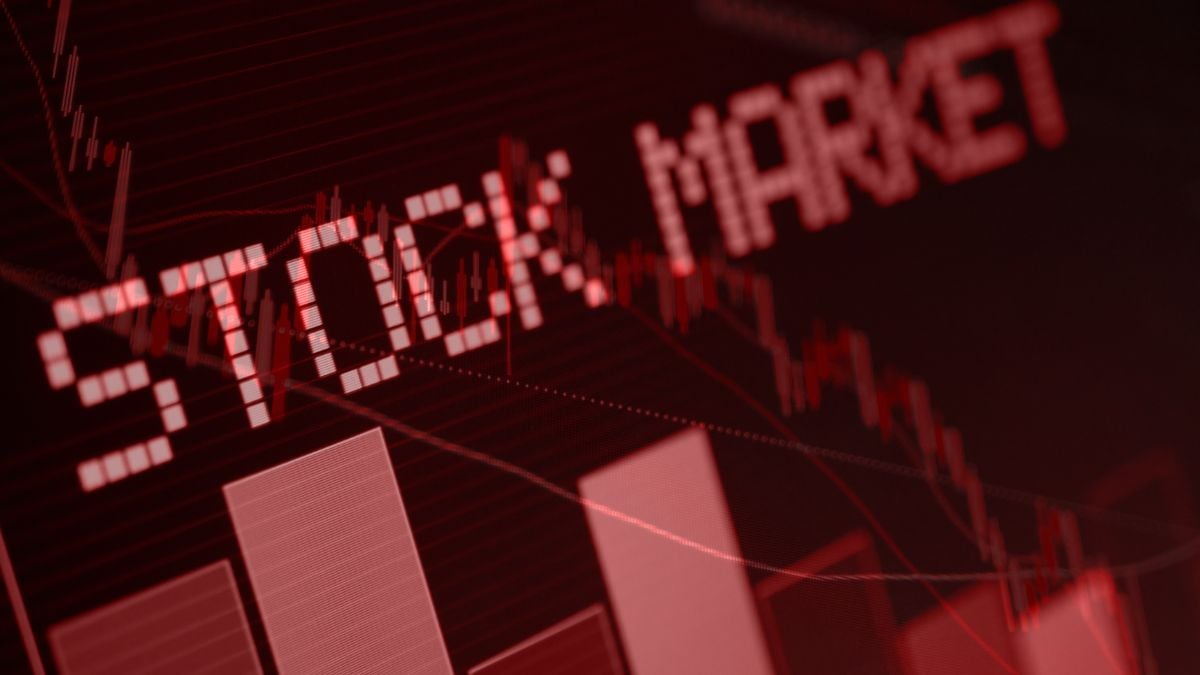
As global markets reeled from the chaos triggered on Orange Monday 2025, one clear trend emerged: internet searches in Google for terms like bull market and bear market skyrocketed. Investors, professionals, and everyday citizens alike are now racing to understand the fundamentals of market behavior in the midst of a financial firestorm fueled by trade wars, recession fears, and high-stakes geopolitics.
What caused Black Monday 2025 and why are global markets crashing?
The catalyst of the current financial storm can be traced back to U.S. President Donald Trump’s sweeping tariff policies, which he boldly described as “medicine.” On Sunday, aboard Air Force One, Trump explained: “Sometimes you have to take medicine to fix something.” That “medicine,” in this case, was an aggressive tariff regime, with some duties reaching up to 50%, targeting imports from countries across Europe and Asia.
His stance has rattled markets worldwide. On Monday, Asian equity markets tumbled, European stocks hit a 16-month low, and oil prices nosedived. In the U.S., the S&P 500 is poised to confirm a bear market, meaning it has dropped more than 20% from recent highs. Stock index futures slumped as investors shifted toward safer assets like government bonds.
Germany’s opposition leader Friedrich Merz called for “swift action”, while billionaire investor Bill Ackman warned the tariffs could bring an “economic nuclear winter.” Meanwhile, JPMorgan revised its forecast for the U.S. economy from a projected 1.3% GDP growth to a 0.3% contraction.
ALSO READ. Due to Trump’s tariffs, Stellantis halts operations in Mexico; this is what we know
What is a bull market?
A bull market refers to a financial market—typically involving stocks—where prices are rising or are expected to rise. This term is most often used to describe the stock market, but can apply to bonds, currencies, and other securities.
Bull markets are generally driven by strong investor confidence, robust economic indicators, and low unemployment rates. Investors tend to buy stocks aggressively, expecting continued price increases. These markets usually last for months or even years and are associated with economic growth and prosperity.
What is a bear market and why is it relevant now?
In contrast, a bear market is characterized by a decline of 20% or more in market indices such as the S&P 500. This scenario typically occurs amid widespread pessimism, rising unemployment, and economic downturns.
The term came back into the spotlight on Orange Monday 2025, as the U.S. stock market flirted with official bear market status.
The fear is not unfounded. Goldman Sachs has raised the probability of a U.S. recession to 45% within the next 12 months, underscoring the seriousness of the current market decline.
How are other countries responding to Orange Monday 2025?
Responses to the market turmoil have varied. In Europe, ministers met on Monday to coordinate a united front against U.S. tariffs, though internal divisions remain. Dutch Trade Minister Reinette Klever emphasized: “We need to get ourselves at the table with the Americans and see how we can lower these tariffs.”
Asian countries are also scrambling. Taiwan’s President Lai Ching-te offered zero tariffs as a basis for negotiations, while Japan’s Prime Minister Shigeru Ishiba acknowledged a potential deal may “take time.” Vietnam’s leader To Lam has already opened talks with Trump, aiming to avoid being hit by the new tariffs.
Meanwhile, in China—one of Trump’s main targets—markets collapsed. Mainland Chinese and Hong Kong stocks cratered, prompting the Chinese sovereign fund to intervene in an attempt to stabilize the market.
Why are tariffs fueling this financial crisis?
Tariffs are taxes imposed on imported goods. While they are often used as a negotiation tool, in this case, their sudden imposition on major trading partners has disrupted global supply chains and driven up costs. Critics have labeled Trump’s actions “economic bullying,” and the retaliatory responses from other countries have only amplified the uncertainty.
Volkswagen’s Audi, for instance, is holding back cars at U.S. ports because of a newly imposed 25% auto tariff. This uncertainty is creating headwinds for industries across Europe and Asia, particularly in sectors like automobiles, luxury goods, and defense.
Is the Federal Reserve going to step in?
With financial markets teetering, pressure is mounting on the U.S. Federal Reserve to act. Investors are betting that rate cuts could arrive as soon as next month. However, Federal Reserve Chairman Jerome Powell has so far resisted the idea of rushing to action, suggesting a more measured approach.
Nonetheless, the Fed may soon find itself forced into action, especially if markets continue to plunge and economic indicators weaken further.










